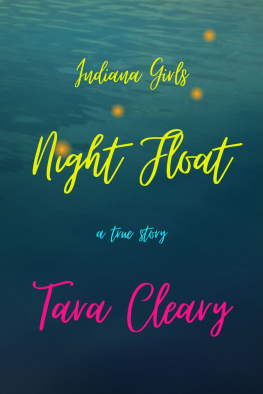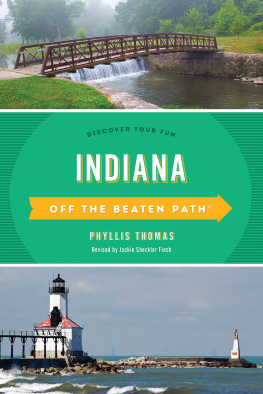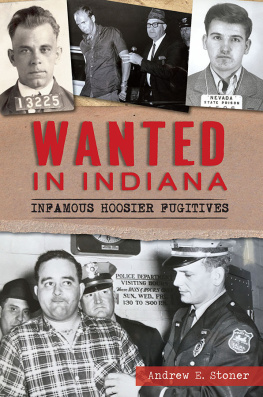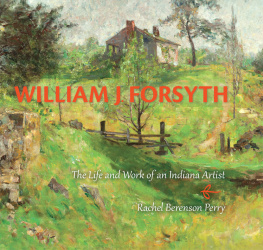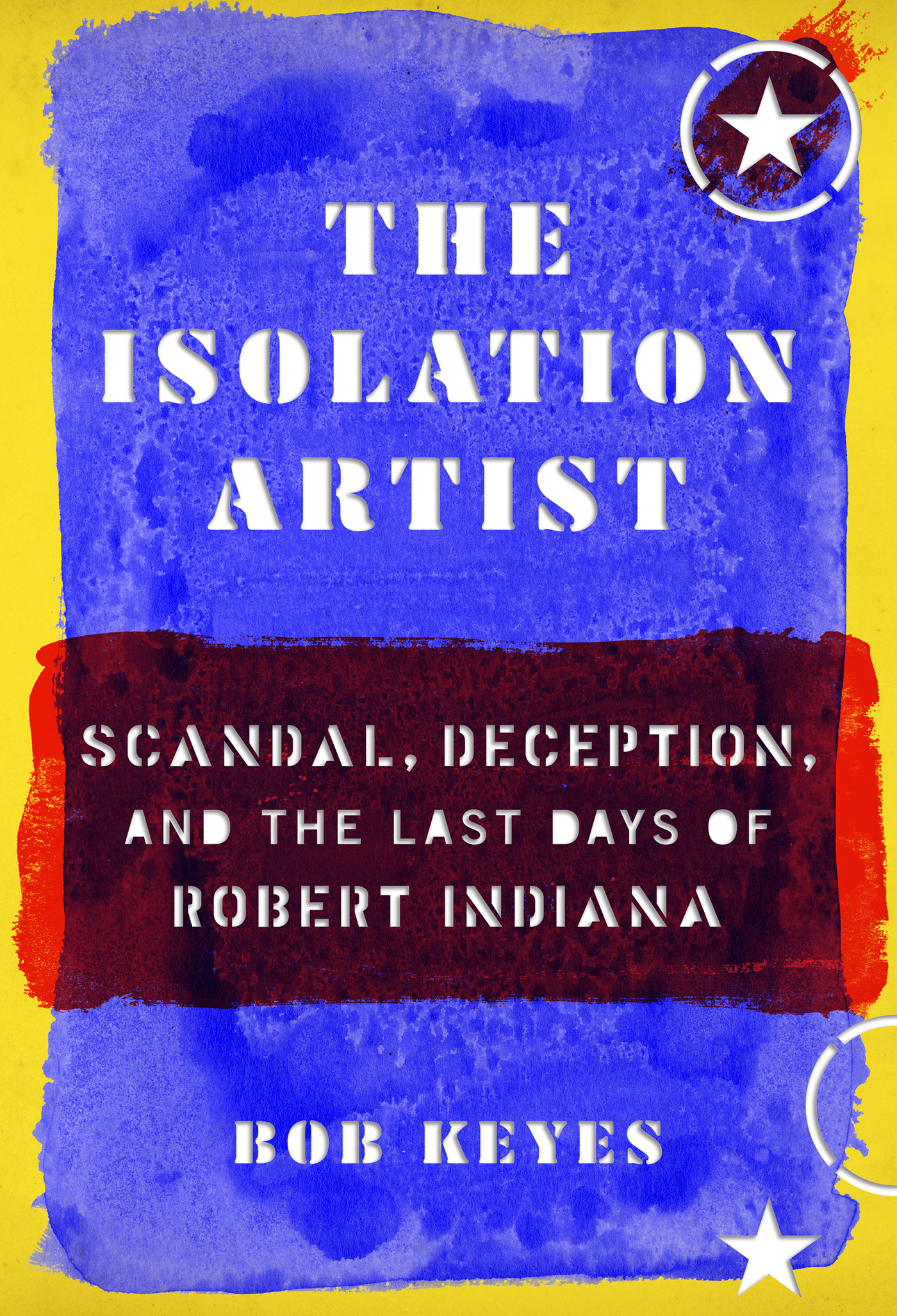The Isolation Artist
Published in 2021 by Godine
Boston, Massachusetts
Copyright 2021 by Bob Keyes
all rights reserved.
No part of this book may be used or reproduced in any manner whatsoever without written permission from the publisher, except in the case of brief quotations embodied in critical articles and reviews.
For more information, please visit www.godine.com .
library of congress cataloging-in-publication data
Names: Keyes, Bob, 1962 - author.
Title: The isolation artist : scandal, deception, and the last days of Robert Indiana / Bob Keyes.
Description: Boston : Godine, 2021 .
Identifiers: LCCN 2021015114 (print) | LCCN 2021015115 (ebook) | ISBN 9781567926897 (hardback) | ISBN 9781567926903 (ebook)
Subjects: LCSH: Indiana, Robert, 1928-2018 Last years. | ArtistsUnited StatesBiography. | Art and societyUnited StatesHistoryst century.
Classification: LCC N 6537 .I K 49 2021 (print) | LCC N 6537 .I (ebook) | DDC 700.92 [B]dc
LC record available at https://lccn.loc.gov/ 2021015114
LC ebook record available at https://lccn.loc.gov/ 2021015115
This book is dedicated to Edna Keyes, my mother, for inspiring me and holding me to account growing up; and to Chuck Reece, my first editor and longtime friend, for setting high standards in journalism and in life and holding me to account in both.
Authors Note
I first interviewed Robert Indiana in 2002 , shortly after joining the staff of the Portland Press Herald/Maine Sunday Telegram. Between 2002 and Indianas disappearance from public life in 2016 , I interviewed the artisteither in person or on the telephoneat least a half-dozen times. On some occasions, I was given unique access to otherwise private events and conversations. All sources used in the writing of this bookincluding interviews, court documents, medical reports, and newspaper articlesare cited at the end of the book. While I have honored the request for anonymity from a few sources, no pseudonyms and no composite characters have been used.
Contents
Editors Note: For Robert Indiana, the number 0 symbolized deathin his artwork, he often represented 0 in black-and-white or shades of gray. In this book, readers will not find a chapter 10, but instead a chapter 0, as an homage to the artist.
A sum of money is a leading character
in this tale about people,
just as a sum of honey
might properly be a leading character
in a tale about bees.
Kurt Vonnegut, God Bless You, Mr. Rosewater
1
I f you wanted Robert Indiana to open the heavy wooden front door to the Star of Hope, you removed a palm-sized hunk of granite hidden on a narrow ledge overhead, pounded three times on the middle of three stars, and waited. Then he knew it was safe to open. He was usually on the other side.
If Indiana felt like it, he would let you in. If he didnt, you could try again another day.
The artist had the reputation for being reclusive. But he wasnt a recluse. Another word people liked to use to describe him was hermit. He wasnt that either. Robert Indiana was an ass.
Indiana had become purposefully elusive and hard to reach because he relished the reputation and reality of being difficultand it was often convenient. He was a man who avoided conflict, yet constantly created it by making things difficult. He did it out of carelessness or he did it intentionally, but either way he did it because he could. He had the power.
If you really needed to reach Indiana, he was always available. He lived in the grandest house on a small island a dozen miles off the coast of Maine. He had nowhere to hide.
If you were trying to reach Indiana by phone, you let it ring into his answering machine, then told him who you were and why you wanted to talk. Indiana usually hovered nearby, listening. If he wanted to talk, hed pick up. Before a frustrated museum director presented him with the answering machineand neglected to update the message, so Indianas greeting was voiced by a charming female curatoryou let the phone ring once, hung up, called again and let it ring twice, hung up, and then called a third time. That little code signaled to Indiana that you were an insider, and it was safe for him to pick up.
With Robert Indiana, it was all about ritual. He lived in a former Odd Fellows Hall with peepholes and hidden doors, and a centurys worth of accumulated spirits, mysteries, and oddities. He was an odd and tortured soul even before he arrived on Vinalhaven island, in the 1970 s, and took up residency as the sole occupant of the Star of Hope, a dilapidated Victorian structure built for gatherings of men. There, he descended into deeper, dangerous, and more complicated eccentricities with each passing year.
With Indiana, it was also about vanity. He resented that his art was always better known than he was. He wanted people to come to him, to pay their respects to himyet, even when they did, he might turn them away. For slights real or perceived, he declined meetings with presidents and partnerships with rock stars. One unbroken thread woven through the story of his life is that of missed opportunities and the personal hurt and professional cost that accompany both.
By the time he died, at the age of eighty-nine, in the spring of 2018 , Robert Indiana hadnt spoken to the press in more than two years. Hed stopped communicating with his art dealer the year before. The last time people on Vinalhaven saw him puttering about was long before the first snow of the season had settled over and quieted the island. As fall turned to winter, no one could reach himnot by phone, email, or any combination of knocking on doors, rapping on windows, or spying with binoculars from a dooryard away on a frozen, starlit night, hoping for even a glance of the old man shuffling past a kitchen window.
He just disappeared, vanished, as if lost in one of those thick island fogs that blow in suddenly off the North Atlantic and settle over the timber and granite town, shrouding it like a heavy blanket that muffles voices and snuffs out light.
After Robert Indiana died, the island hed called home for four decades was awash in rumors that quickly surged and flooded the mainland. Some said he had lived his final months in squalor amid cat piss, dog shit, and rainwater seeping in from a leaky roof. There were allegations of elder abuse, of signature machines, and the suggestion that hed been held against his will while artwork was created under his name without his knowledge. And most damning were the murmurs that Indianas death had been hastenedindeed, that he might not have died on Saturday, May , as was widely reported and believed, but had actually died the day before, on Friday, May , the exact day his longtime art dealer filed a lawsuit against him that alleged copyright infringement by way of willful ignorance.
Years after Indianas death, there remain unanswered questions about the cause and manner of his passing. Although foul play was ruled out, the Maine medical examiner concluded that both the cause and the manner of Indianas death were undetermined, an extremely uncommon result for an autopsy: nationally, only to percent of autopsies result in a finding of undetermined. The autopsy did conclude that Indiana suffered from severe coronary artery disease, complications from which had a serious impact on his health and likely led to his death. Two independent forensic pathologists who reviewed the autopsy report agree with the conclusion. But a close reading of the report also reveals many anomalies. For instance, the report noted elevated levels of both morphine and isopropanol, a leading ingredient in rubbing alcohol. Both morphine and rubbing alcohol are consistent with end-of-life care, but both are inconsistent with Indianas beliefs as a Christian Scientist, one of the tenets of which is to shun Western medicine. The autopsy also included a screening for the presence of heavy metals in Indianas system, suggesting that investigators had suspicious that the artist had been poisoned.



